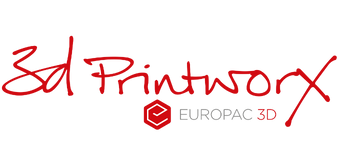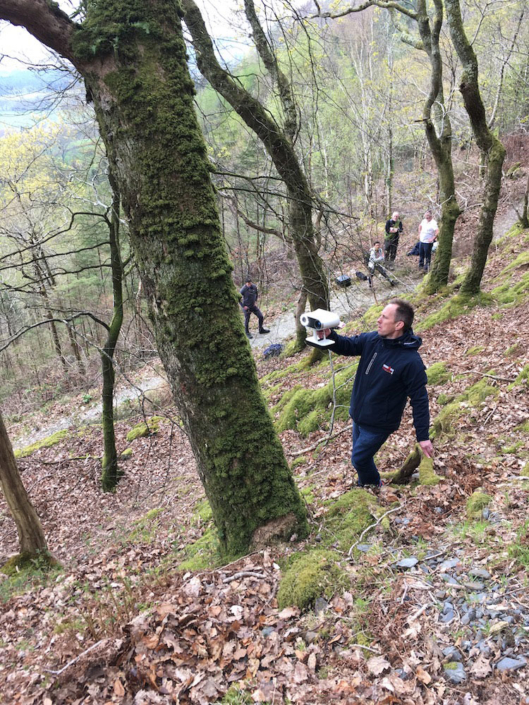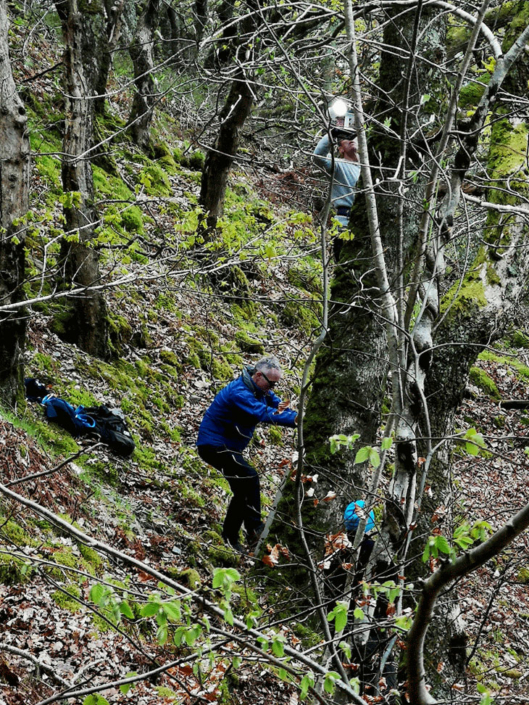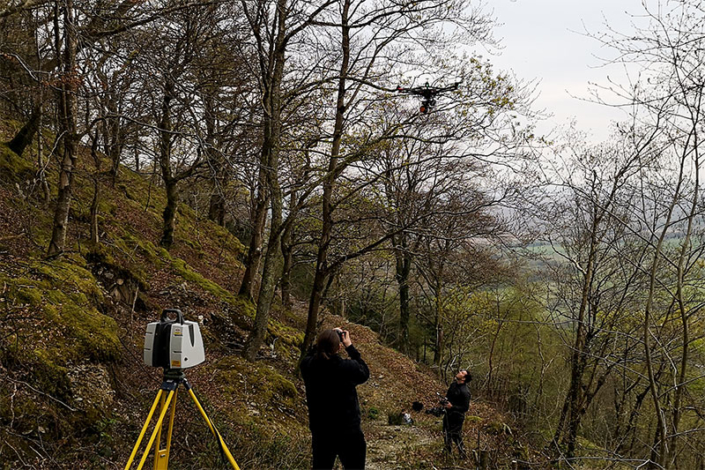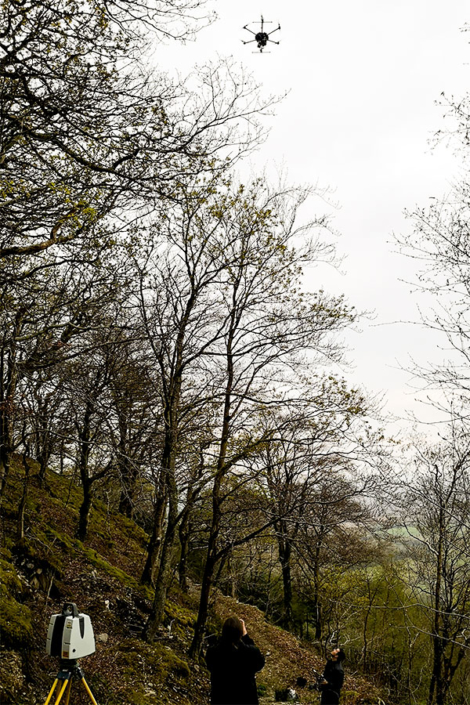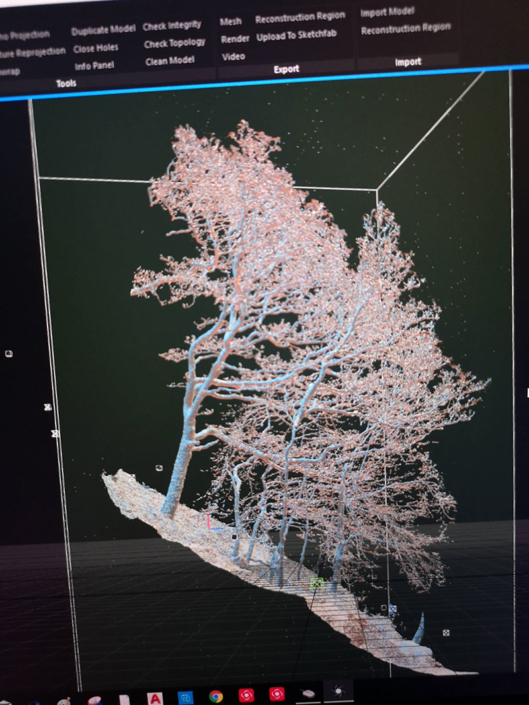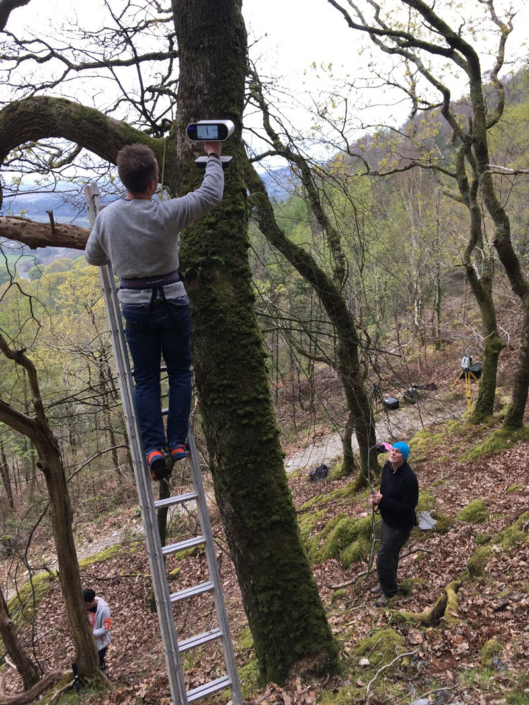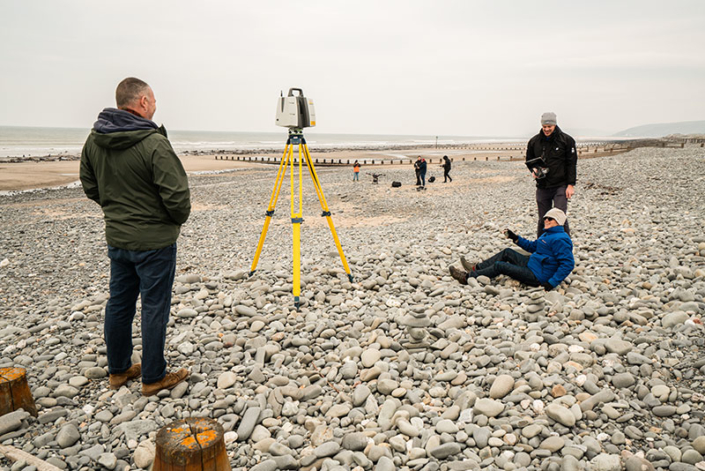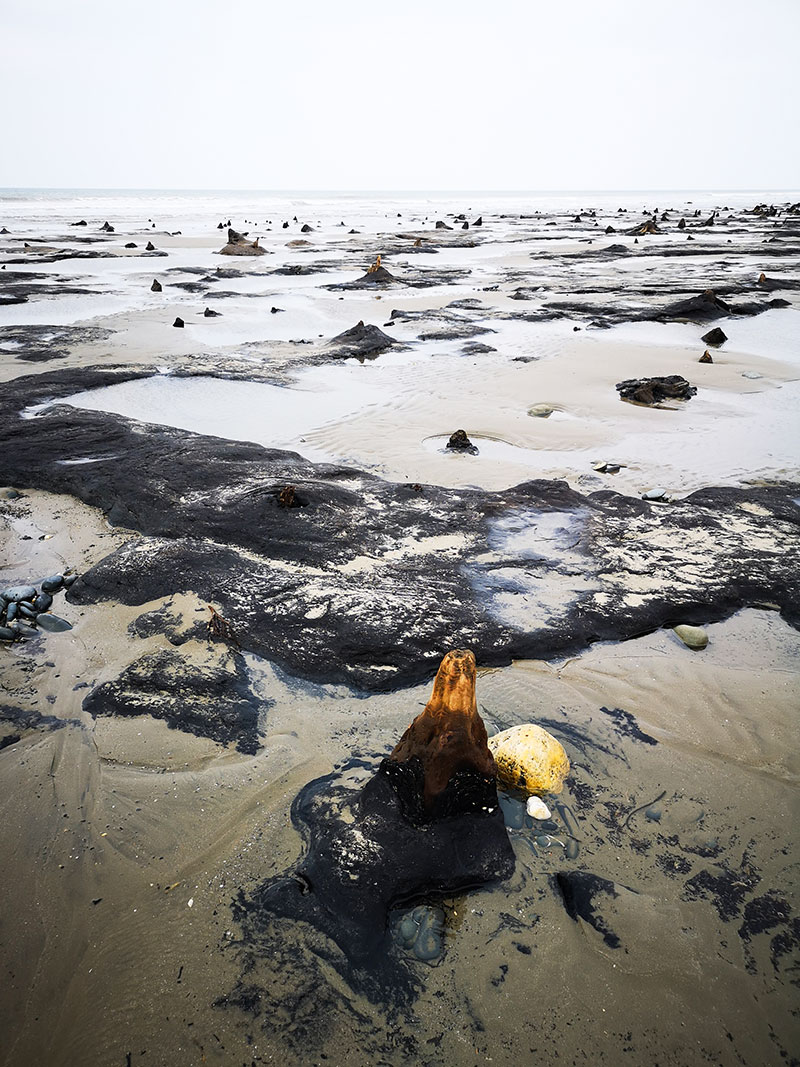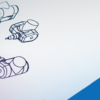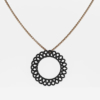NEWS STORY
Combination 3D Scanning To Solve Complex Tree Scanning
There is an ancient forest buried beneath the beach between Borth & Ynys Las on the west coast of Wales, north of Aberystwyth. 6000 years ago, a rise in sea levels covered the land, which has resulted in the forest being buried beneath the sands of the beach. Today, at low tide, gnarled & eroded stumps are revealed, preserved by the sand and the peat in which they lie.
Recently Europac3D was approached by Robert Davies a contemporary artist living in the area, with the task to implement combination 3d scanning of an oak tree like the ones that once dominated the area on Borth beach. The final goal of the project is to cast a single Ceredigion oak tree in the inter-tidal zone on the beach adjacent to, but not within, the visible section of the ancient forest. The idea relates to our changing climate, evidenced by the work of the IPCC, and the rise in sea levels that is being recorded. It has resulted in Natural Resources Wales declaring that ‘there will be managed realignment from Ynys Las 2025 and Borth from 2055’. Tree will draw attention to this unfolding narrative and will relate to the last time this landscape was inundated. It will interact with the tide as it falls and rises twice each day (the submerged forest is only visible about 25% of the time). Tree would communicate these changes and make reference to an historical past around which myths and stories, like the Cantre’r Gwaelod, exist. These stories are central to the culture of Wales.
ARTEC3D WHITE LIGHT, LEICA TERRESTRIAL AND DRONE COMBINATION 3D SCANNING
The technical Task
The primary role for Europac3D was to create a digital replication of an authentic Ceredigion Oak Tree that could be used in the manufacture of the physical manifestation of the tree. To make the task particularly challenging Robert identified a tree located on a steep hillside, a couple miles inland from Borth beach that best represented his vision.
From a technical perspective the 3d scanning of a tree is perhaps one of the more challenging objects you might come across, combine this with a steep hillside, densely populated wood and you now have a serious challenge. The technical bods at Europac3D were scratching their heads for a little while, but then concluded that to do this job properly they would need to literally throw the ‘kitchen sink at it’ to solve the many complex technicalities of completing such a job. They called in a crack team of 3d scanning professionals, all leading experts within their chosen fields of specialism.
It was decided to use just 3 technologies, in order to best capture the tree from all angles and perspectives. To capture the lower parts of the tree in high resolution an Artec Leo handheld 3D scanner was chosen, then a Leica terrestrial laser scanner was used for the mid-section of the tree and finally airborne drone photogrammetry was used for the high bits that traditional scanning techniques could not reach.
This Artec Leo was the perfect choice of 3D scanner for capturing the lower areas of the tree, with a capture window of 500mm by 800mm it was the ideal choice to rapidly capture the geometry of lower areas and guaranteed that the most visible, intricate areas of the final physical tree would be captured in the highest quality. Beyond winching our operator into the canopy of the tree there is a limit to what you can realistically capture with this type of technology and therefore to reach the areas beyond hand scanning height Europac3D brought in our good friends from Efficacy4D. A specialist in terrestrial laser and drone photogrammetry scanning Efficacy4D bring a wealth of knowledge in large object scanning that is renowned throughout the film and TV sectors.
Using a Leica terrestrial Laser scanner, Duncan Lees of Efficacy4D, was able to enthusiastically and energetically manoeuvre the scanner about the hillside to capture those areas beyond which a handheld 3D scanner simply cannot reach. Strategically positioning the scanner in key locations about the forest, Duncan was able to maximise his extensive experience to capture the higher areas of the tree to (up to 10M high) that cannot be reached with traditional handheld scanning technologies.
At this point our technicians had captured the lower and higher parts of the tree, however all from a low-level perspective, which means essentially that the tops of the branches had no 3D data. To solve this problem, the experts from Visualskies were brought in to add the vital 3rd technology to complete the jigsaw of this 3D scanning conundrum. Drone photogrammetry, which involves the capture of high-resolution images taken from a SLR camera attached to a drone, was then used to collect data from above the canopy of the surrounding trees. The combination of these 3 technologies gave our engineers the best chance of capturing 100% data of the chosen tree in question.
What is perhaps significant here is that these are 3 technologies that are not ordinarily combined. Terrestrial laser scanning is most commonly used within the surveying industry for capturing buildings and structural measurements, while handheld scanners are typically used for applications such as medical, engineering and artistic design. These 3 technologies have their own industry standard software and workflows, however, are rarely combined.
The 3 sets of point cloud data were carefully registered and combined by the experts at Europac3D to provide a composite 3D mesh surface model in the form of an STL (Stereolithography) file, which is suitable for many downstream applications including its future physical manufacture. It is also possible to visualise the digital version of the tree in many AR/VR applications, giving an impression to how it might look when it takes its physical manifestation. If anything, this may well be the legacy of this project, a piece of digital artwork that helps communicate and visualise our past and the consequences of climate change.
As a technology solution provider, Europac3D has perhaps the broadest range of 3d scanning and printing technologies on the market in the UK and it is this ‘application knowledge’ that sets us apart in our offering. Please contact us if you have tricky application requirements, this is the bit where we excel!
For More Information Contact Europac3D on 01270 216000 or sales@europac3d.com
